How To Save the Oceans, With Mission Blue Founder Sylvia Earle
The Mission Blue co-founder believes there’s never been a better time to be alive.
The post How To Save the Oceans, With Mission Blue Founder Sylvia Earle appeared first on Sharp Magazine.
Few people have spent as much time exploring the ocean as Rolex testimonee and Mission Blue founder Sylvia Earle. After learning to scuba dive as a university student in the 1950s, Earle has devoted her life to expanding humanity’s knowledge of aquatic life. With more than 7,000 underwater hours and over 100 expeditions to her credit, Earle has been a leading voice for ocean conservation for more than 50 years. Among her most far-reaching efforts is the founding of Mission Blue, a nonprofit dedicated to protecting 30 per cent of the world’s oceans through a global network of “Hope Spots” by 2030.
A Rolex testimonee since 1982, Earle’s work has long been supported by the brand’s Perpetual Planet Initiative, which lends its support to a wide range of ongoing conservation projects around the globe. To inaugurate Rolex’s Oceans Moment series for World Ocean’s Day 2024, Earle sat down to answer questions about her pioneering work, the oceans, and the challenges facing the next generation of conservationists.
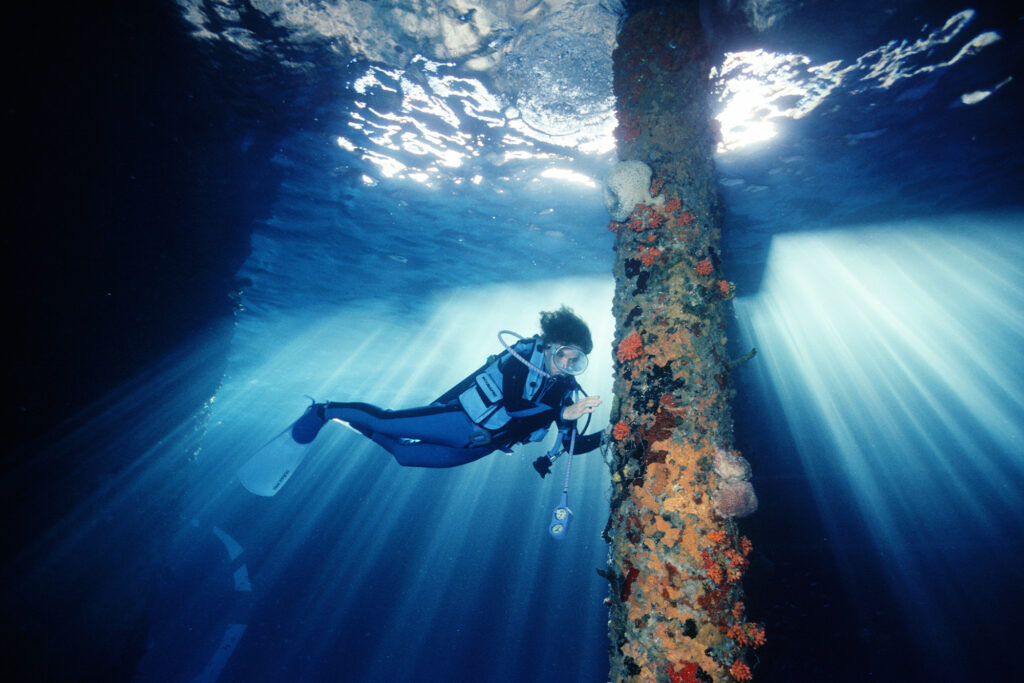
Tell us about how you started Mission Blue and why you think it’s still so important.
Here, early in the 21st century, we are in maybe the most important time in human history. We have a choice about the future and we are armed with technologies that did not exist until now. We have knowledge that has been acquired during my lifetime about the ocean, about who we are, where we come from, and about the danger that we are now in. Never before have we had a better chance to have a perpetual future with a planet that works in our favour, and we live on the edge of losing that opportunity.
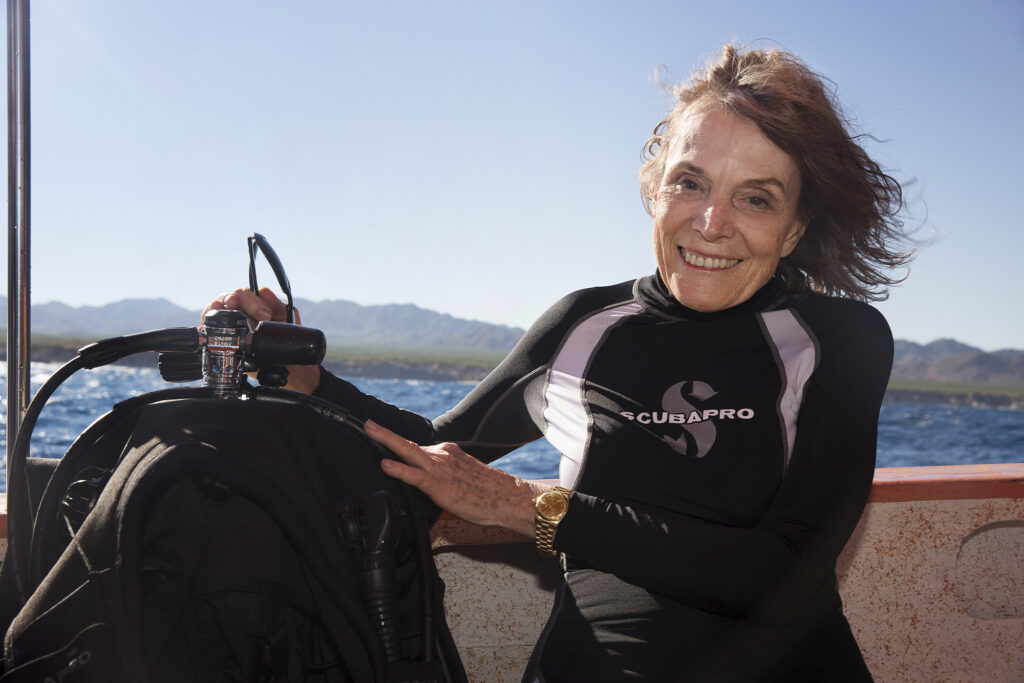
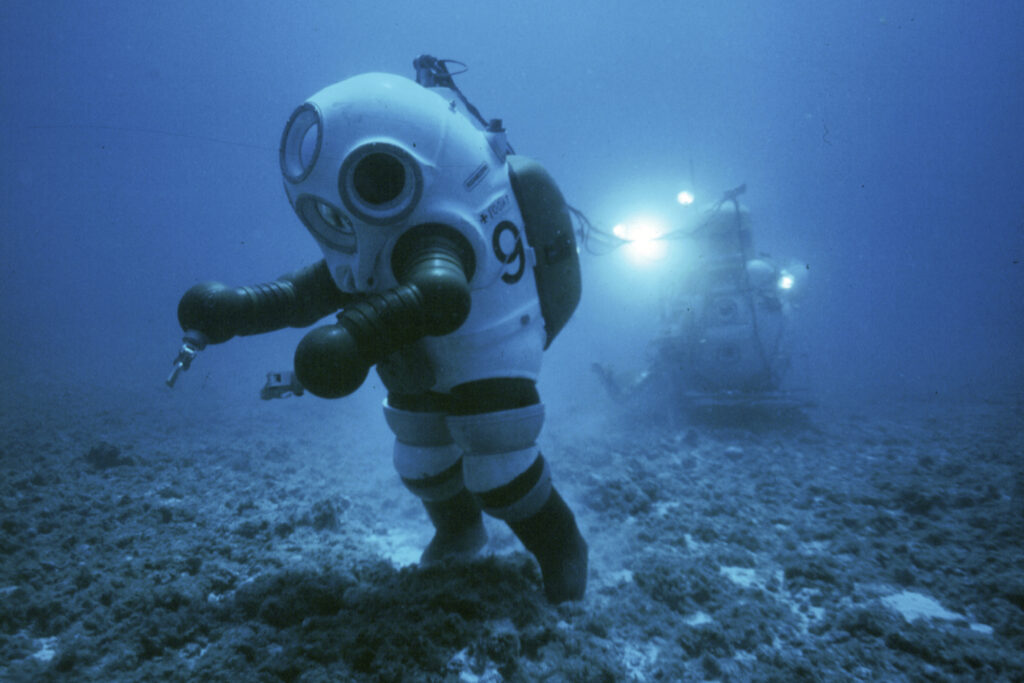
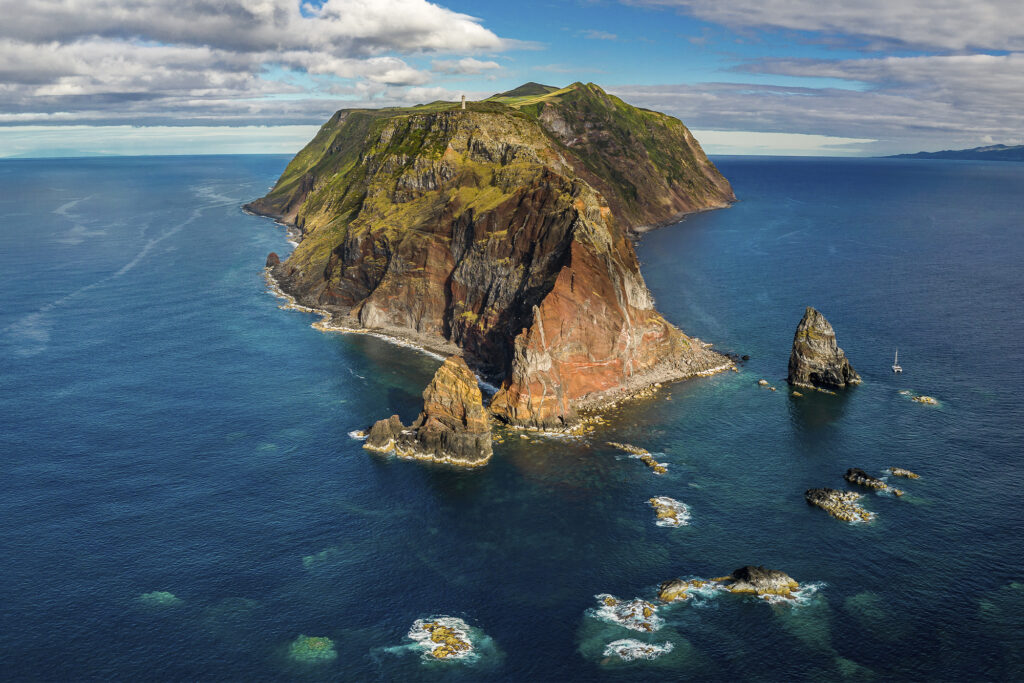
Mission Blue was started with the vision of hope. Imagine if everybody just started every day with the idea of, “What can I do with my personal choices to make a difference?” We are working with others to change the trajectory to recovery, and to make the 21st century a time that we will look back at and say, “This was the time when people acted on the best opportunity that we’ll ever have to secure an enduring place for ourselves within the natural living systems.”
Is there a favourite Hope Spot that you can tell us about?
One example is near New York City, one of the biggest metropolitan areas on the planet. You wouldn’t think that this is a cause for hope, but by working with Stony Brook and with the Shinnecock nation to restore the area’s clams, which are filter feeders that had been in decline, this place right in the shadow of New York City is recovering and is a cause for hope. Now there are well over 130 places where individuals, communities, and institutions are coming together. When you get this network of hope it’s a way to inspire people to say, “Well, what can I do? How can I be a part of this network of hope?”
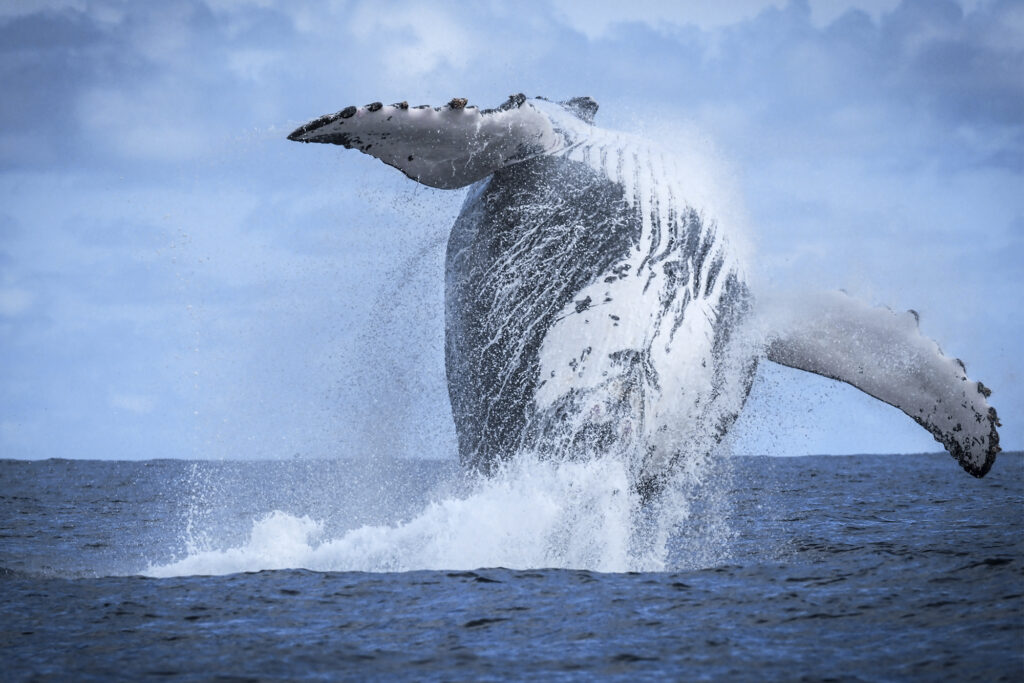
How have you seen attitudes to the ocean change over your lifetime?
When I first began exploring the ocean, it was a much healthier place. About half the coral reefs globally are gone. In some places, more than 80-90 per cent are gone, and 90 per cent of the sharks are gone. We’re seeing a planet that is a different planet than when I began to explore, and it is cause for concern, even despair. But knowing that we still have 10% of the sharks and half the coral reefs are still in pretty good shape is cause for hope.
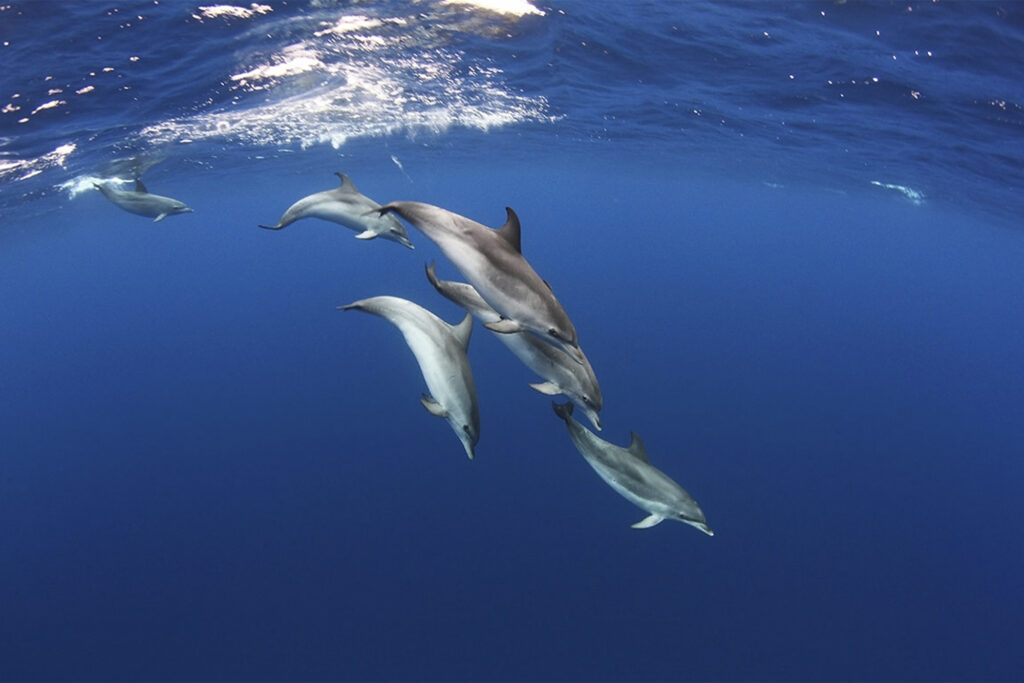
What sort of advice would you give the next generation?
I think the kids today are the luckiest ever to arrive on the planet because never before have we known what is now known. No one had been to the moon and looked back on Earth. No one had been to the deepest parts of the ocean. We have always thought that the planet would always be as it is, so it’s been our habit to take from nature. We have the chance now to learn from people who have had a relationship with a place over a very long time, like the people of the Pacific Islands and elsewhere, and listen to their wisdom about using nature without destroying nature. What we’re doing with Mission Blue and what Rolex is doing is to celebrate our relationship with nature, to help us understand that we need to take care of the fabric of life that makes our existence possible. And there’s so much left to explore. We know what to do, and using that knowledge, using this opportunity that we’ve never had before, we can start to reverse these trends.
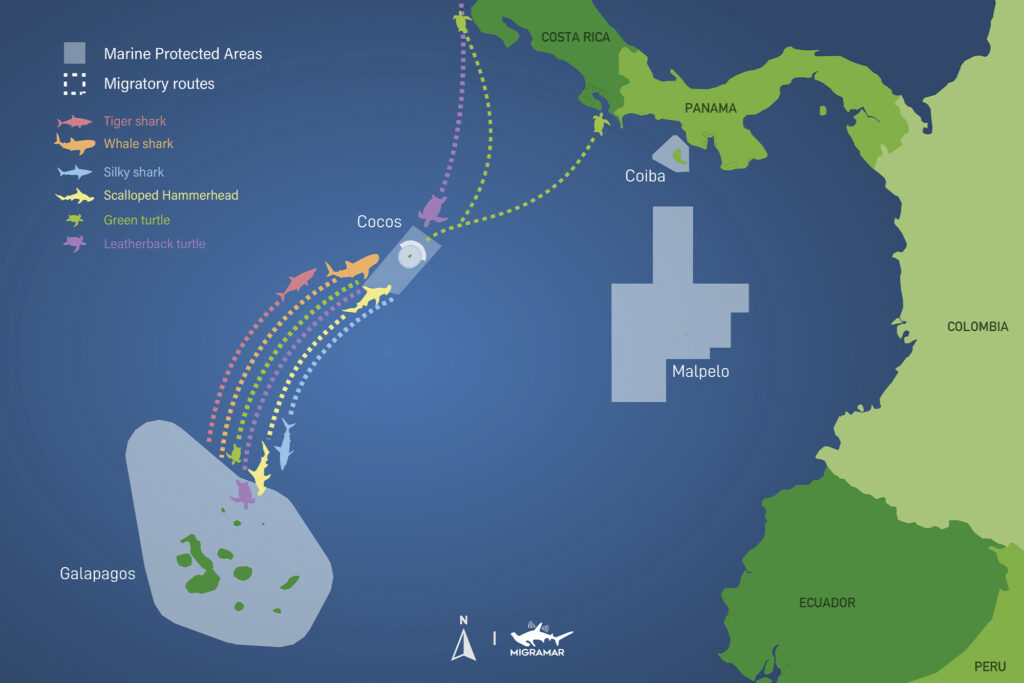
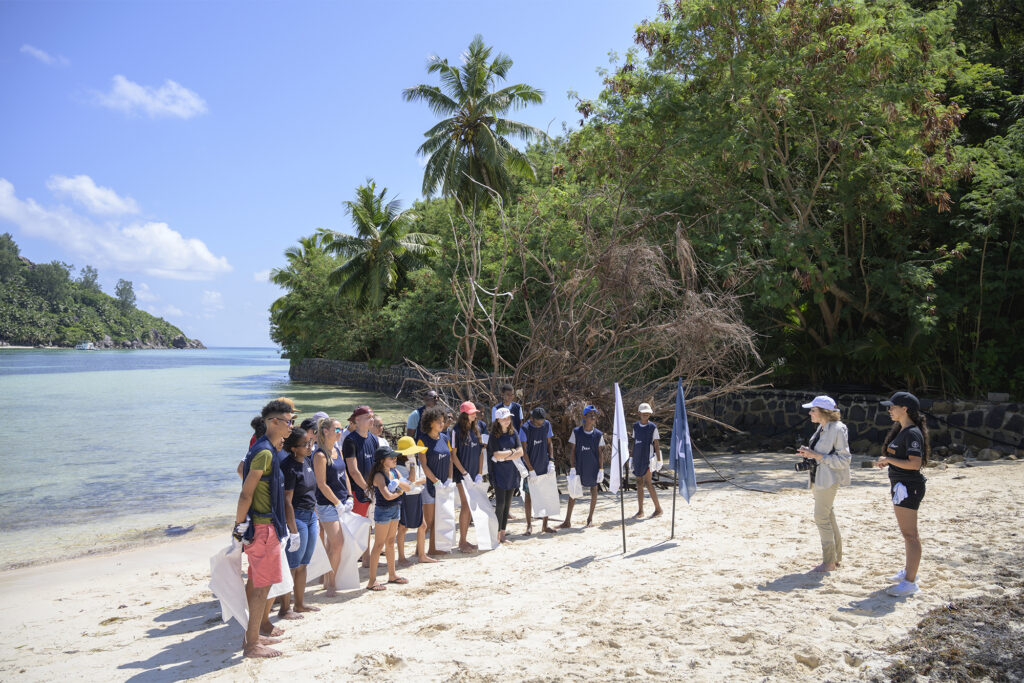
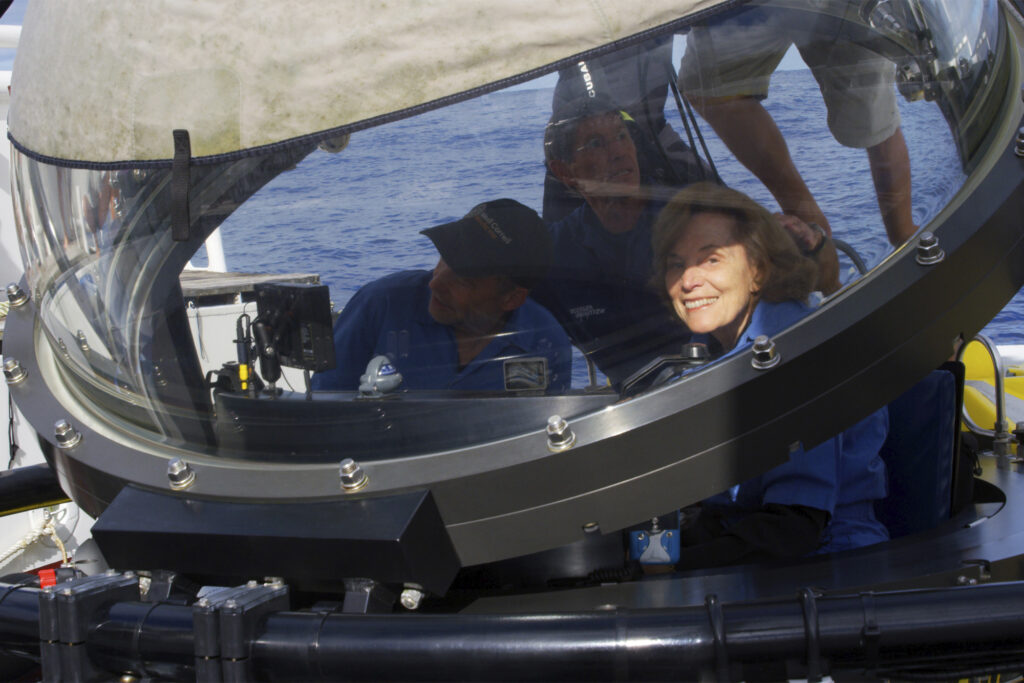
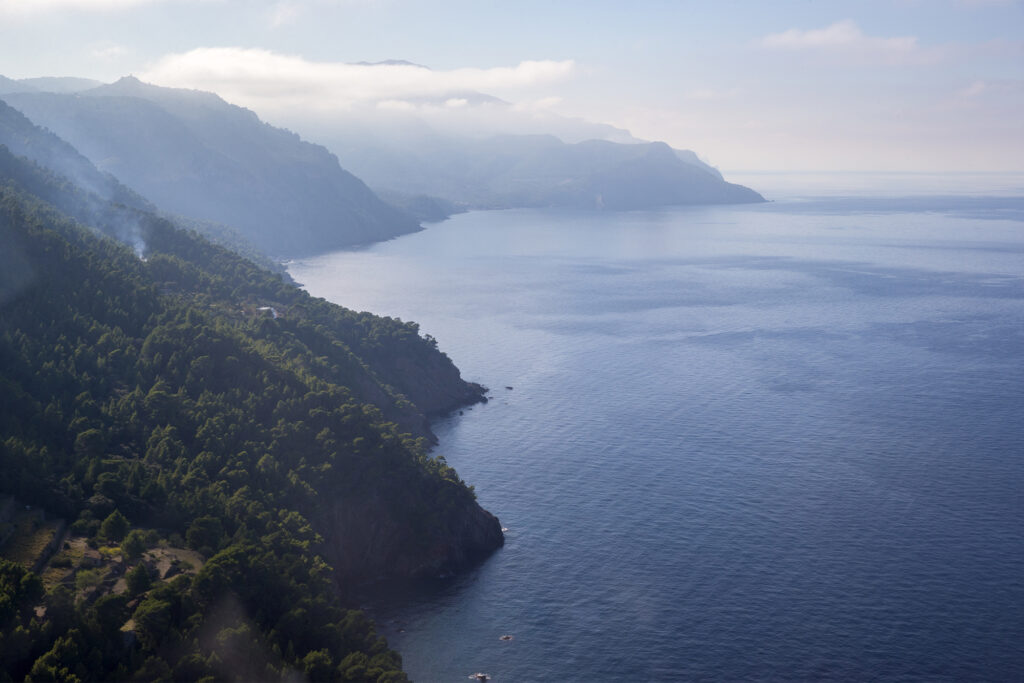
What can individuals do to make a difference in the oceans?
Look in the mirror! I can’t answer for anyone else because I don’t know who you are. Do you have a way with numbers? Can you play the cello like Yo Yo Ma? Whatever you’ve got, use it. Earth is in trouble, and your life support system needs you. Whatever it is, join with others or go solo, but use that thing that makes you you and go for it.
The post How To Save the Oceans, With Mission Blue Founder Sylvia Earle appeared first on Sharp Magazine.
